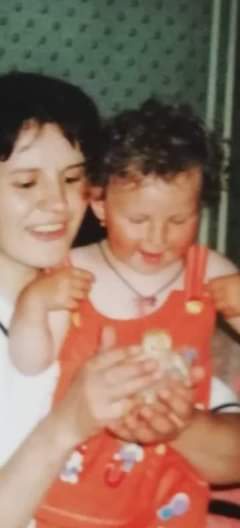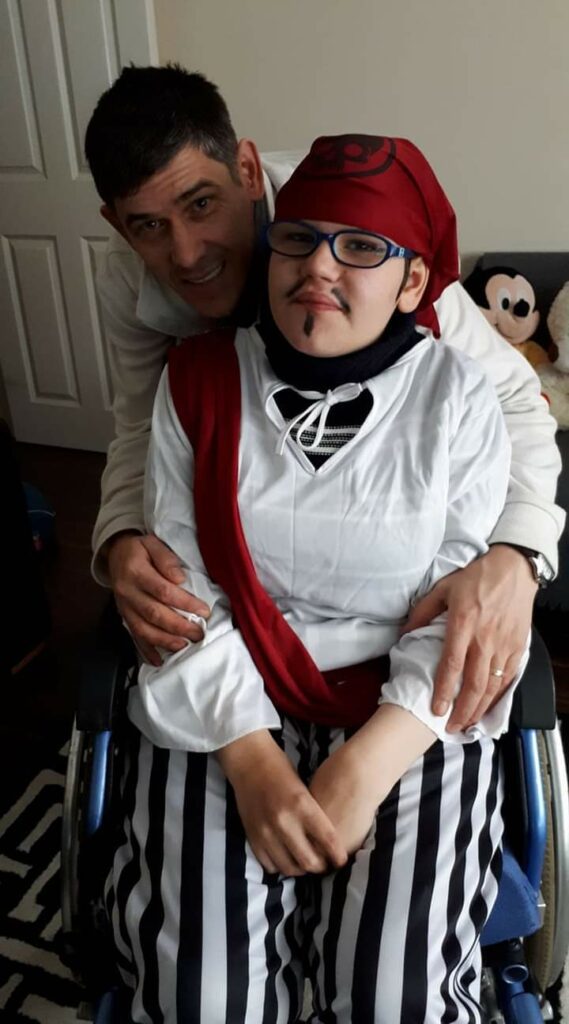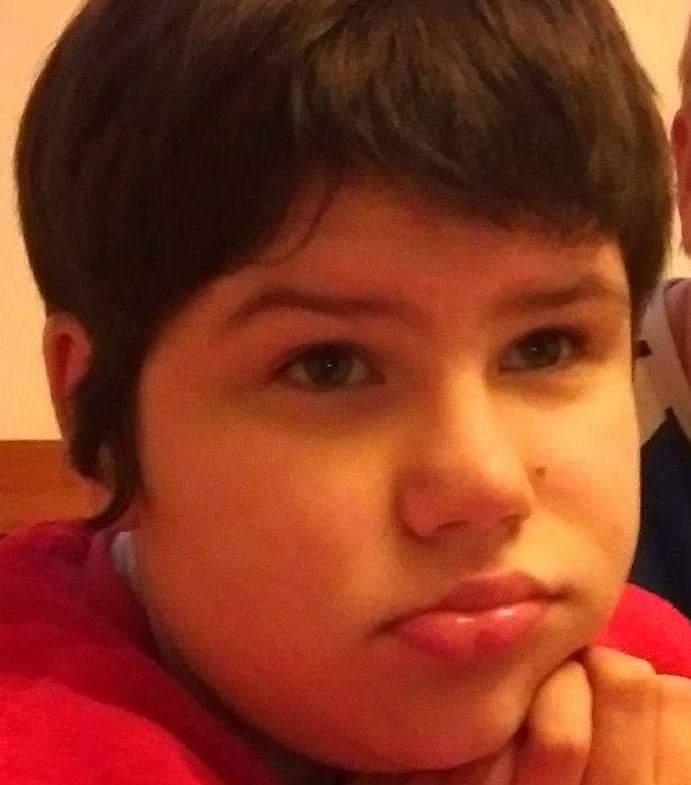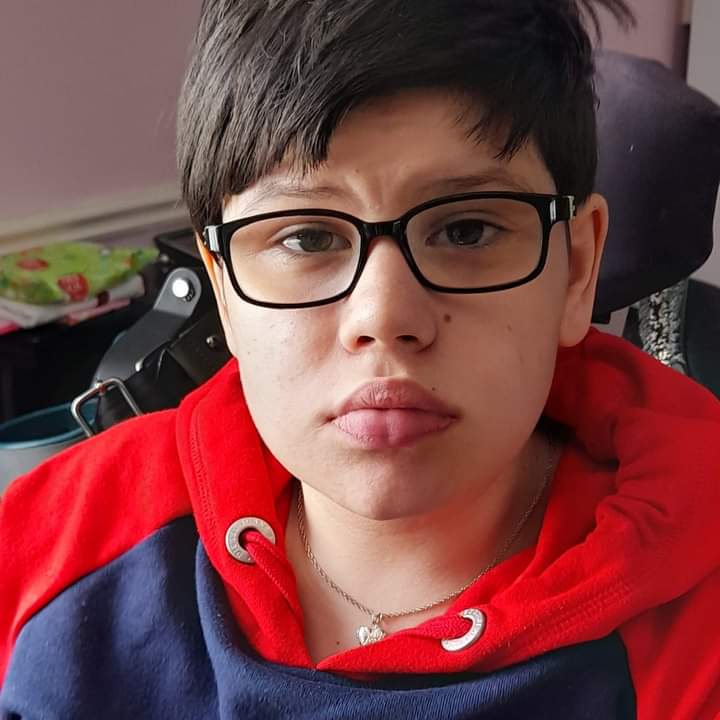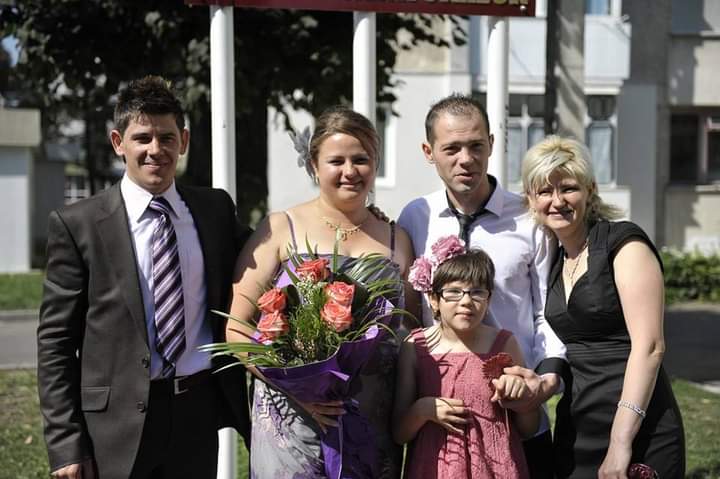DENISA’S STORY
My Story
“Hi, my name is Dana. I have a daughter with Juvenile GM1 gangliosidosis. Her name is Denisa Mihaela Bazgan. She was first diagnosed in 2012. The first signs of disease were in 2008. Since then, she continues to worsen. She is stable now, but in this year she lost her mobility and is intellectually disabled. She speaks anywhere between 200 words – 4 words a day. Thus far, she has still still not had major surgical intervention or operations. Thank God.“
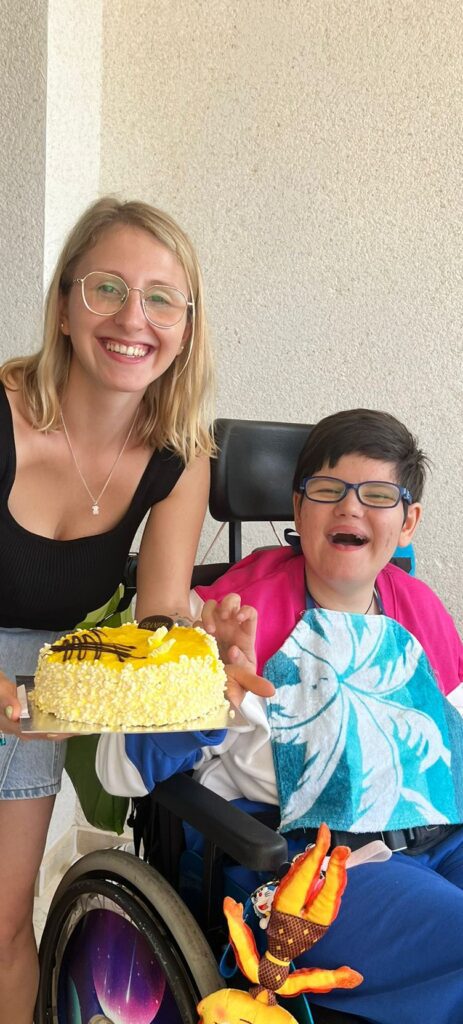
How does GM1 impact your family?
Like any family with a fully dependent child, it affects every aspect of our lives. I am her full-time caregiver, and we have to plan meticulously for everything, whether it’s traveling or managing daily activities around the house.
What is the impact of GM1 on your child?
My daughter is 23 now. To put it simply, she has the cognitive abilities of a 2-month-old baby and the mobility of a 78-year-old woman, all contained in the body of a young adult.
The most challenging aspects are ensuring she has her medications on time and dealing with how differently people treat her now that she’s an adult, which she doesn’t understand.
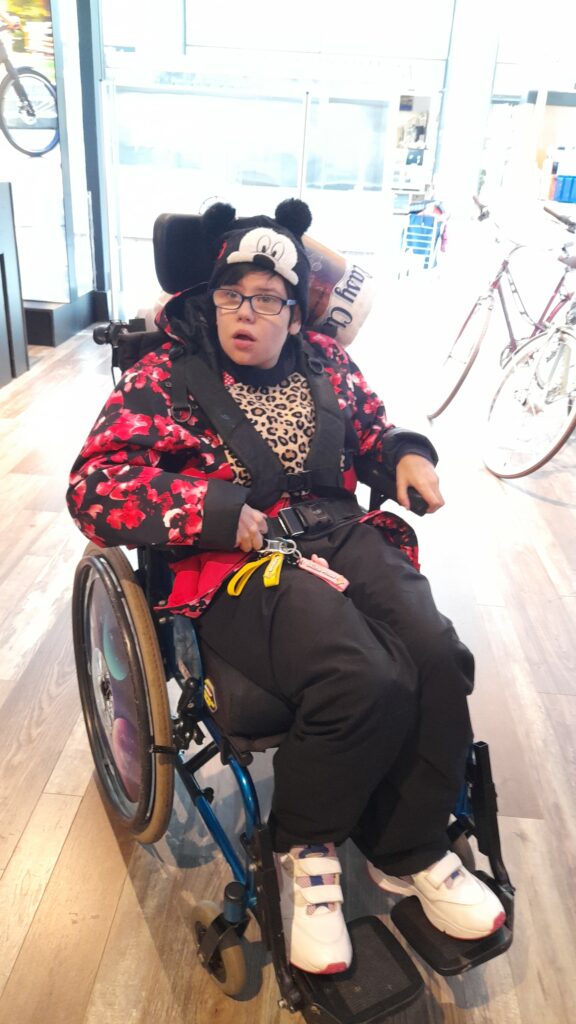
What do you wish people understood
more about rare diseases?
I wish that everyone, including doctors, would recognize that these individuals are like infants who need understanding and patience. Unless you are in this situation, it’s hard to fully comprehend what it’s like—you can’t truly understand unless you live it. It’s human nature not to fully grasp what you haven’t personally experienced.
Why should people support the Cure GM1 Foundation and rare diseases?
“Supporting research into GM1 and other rare diseases gives these children a chance at a better and more normal life.“
